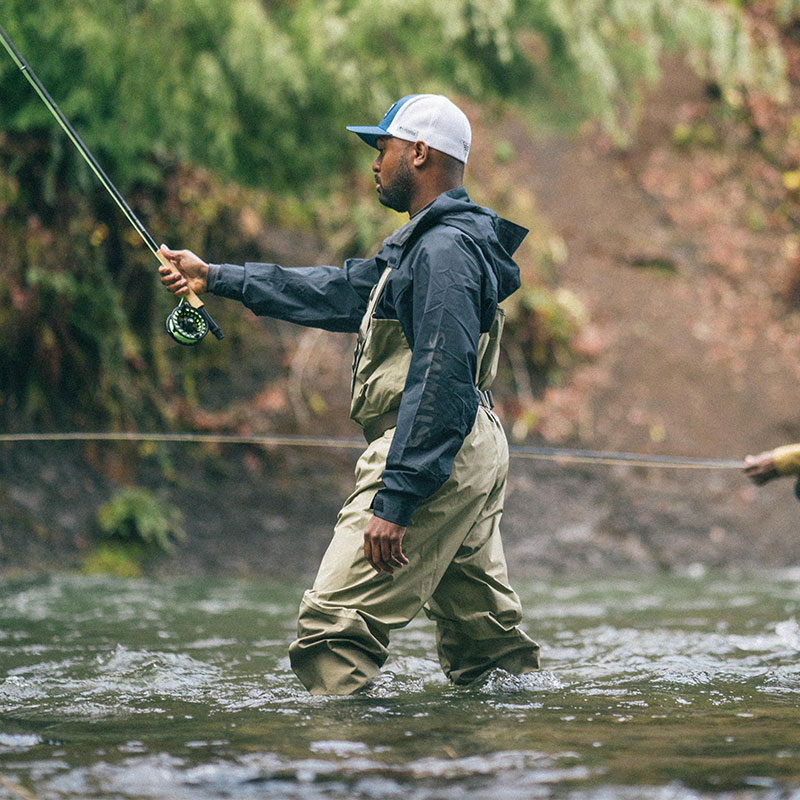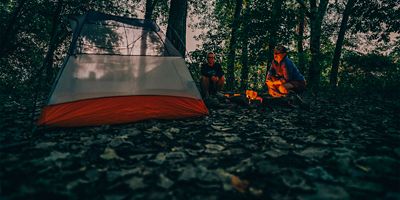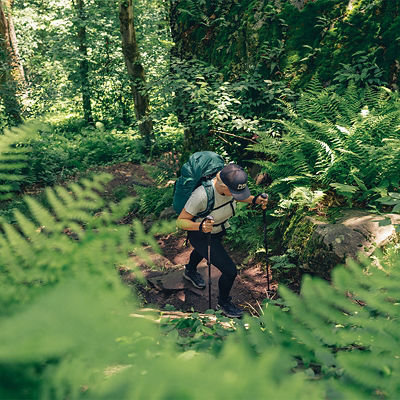If you want to land a steelhead trout with your fly line, no need to head to the Pacific. A successful stocking program means that you can have a perfect day of fly fishing due north of Pittsburgh in one of the 14 Lake Erie tributaries along what’s known as Steelhead Alley.
Steelhead, or steelhead trout, are a migratory species of rainbow trout that are native to the Pacific. Born in freshwater rivers, these fish live their adult lives in saltwater, and then return to their birthplace to spawn the next generation. Introduced to the Great Lakes more than 100 years ago, a three-state (Pennsylvania, Ohio, New York) stocking program has had great success since the ’90s using strains developed regionally. Today, it’s responsible for upwards of 2 million steelhead along the southeastern basin of Lake Erie, where the water is deeper and cooler. The fish are stocked in tributaries, swim out to the lake where they grow rapidly, and then return in “runs” two to three years later to spawn (they can spawn multiple times). An average steelhead will weigh 5 to 7 pounds and be 24 to 26 inches long. And they are fighters—these are the type of fish that will make you glad you purchased the proper fly rod and reel plus polarized sunglasses.
The run can begin in late September to October, but kicks off in earnest in November and December, then again when the fish return to the lake in March and April. Bounded by high shale bluffs and featuring a gentle gradient, the Steelhead Alley rivers and creeks can be fished all winter, dependent on weather (i.e., ice). Select your flies based on how the water looks, though woolly bugger streamers, egg patterns and nymphs are, generally, the most productive. Reach out to Public Lands staff before your trip to find out where the steelhead are located and what they’re biting. If you’re new to the sport, or even just new to Steelhead Alley, go with a local outfitter for your first trip.
Most fly fishers catch and release along Steelhead Alley. What’s important is how you handle the fish when catching and releasing so they will survive. Keeping an occasional trout makes for a good camp meal; the harvest limit is two per day, at least 12 inches long. Anglers come from many states and even other countries to fish these waters, which are the ancestral homelands of the Erie/Eriehronon/Cat people. Consider yourself lucky if you’re within a short driving distance—yes, the secret is out. Stream etiquette is important; don’t crowd your fellow anglers.


















